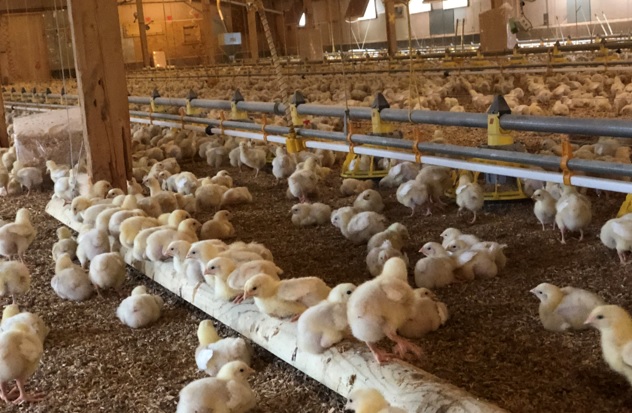New data on competitive exclusion (CE) in poultry health preservation was presented to delegates at the 21st World Veterinary Poultry Association Congress in Bangkok Thailand.
The study showed CE may be a useful tool to help control necrotic enteritis in the absence of antibiotic use, according to Professor John A. Smith from Alectryon LLC . The main focus of this international congress, which attracted around 2,000 poultry veterinarians and experts, was on food safety and biosecurity.
Competitive exclusion (CE) solutions are cultures of beneficial bacteria that are administered as early as day one of life by spraying the chicks to promote early establishment of beneficial digestive microflora, mimicking what happens in nature where the microbiota comes from the environment and mother hens. The CE principle has been described as early as the 1970s, and its potential in poultry farming is today gaining interest.
Necrotic enteritis (NE) is today the most common and costly bacterial disease in broiler farming. As a result of restrictions on the use of antibiotics in poultry production, resurgence of NE has been observed in many regions. This has fueld the need for novel effective tools to help reduce the frequency of the disease.
Lower necrotic enteritis lesion scores and motality without antibiotics Professor Smith presented a trial conducted in the United States (Southern Poultry Research, Georgia) to evaluate the effects of a CE solution on the prevention of necrotic enteritis (NE) in a broiler commercial farm, as compared to the continuous use of conventional antibiotics (bacitracin methylene disalicylate). It was concluded from this trial that the CE solution, applied only once to the chicks at day one, performed equal to, or even better than, the antibiotic, which was given continuously to the chicks. After 42 days, the NE lesion scores and mortality were significantly lower in the CE group as compared to the antibiotic group. It is also interesting to note growth performances were equivalent between the two treatments.


